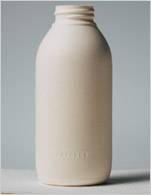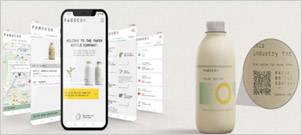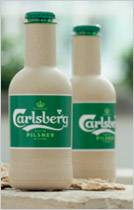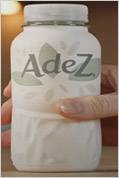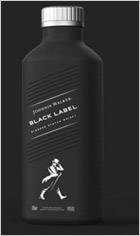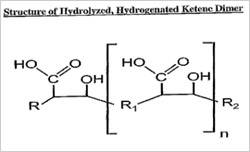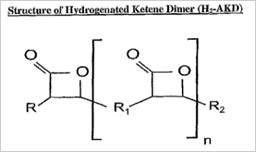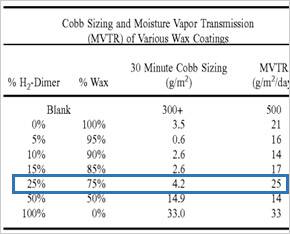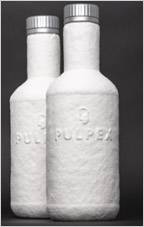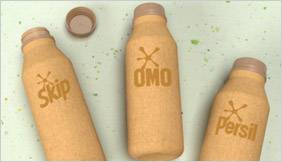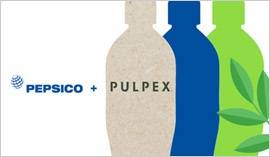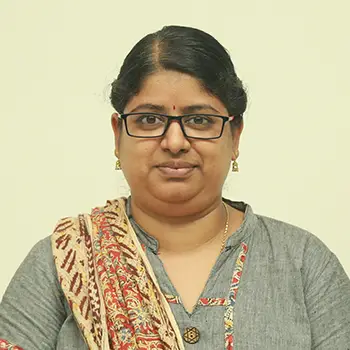INTRODUCTION
Recyclable paper packaging, the most preferred option for a safe environment, has its own challenges with respect to moisture and oxygen permeability. Challenges multiply when paper is used for packing beverages. Currently, paper bottles are being lined with plastic barriers, which makes recycling difficult. Of the many initiatives that technology companies have been pursuing to alleviate the problems related to paper packaging, two companies stand out for their achievements so far in meeting the sustainable packaging goals. The current whitepaper presents a glimpse of the activities carried out towards development of sustainable packaging, by these two companies.

